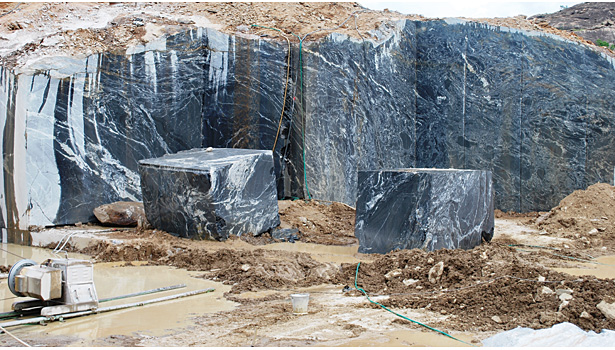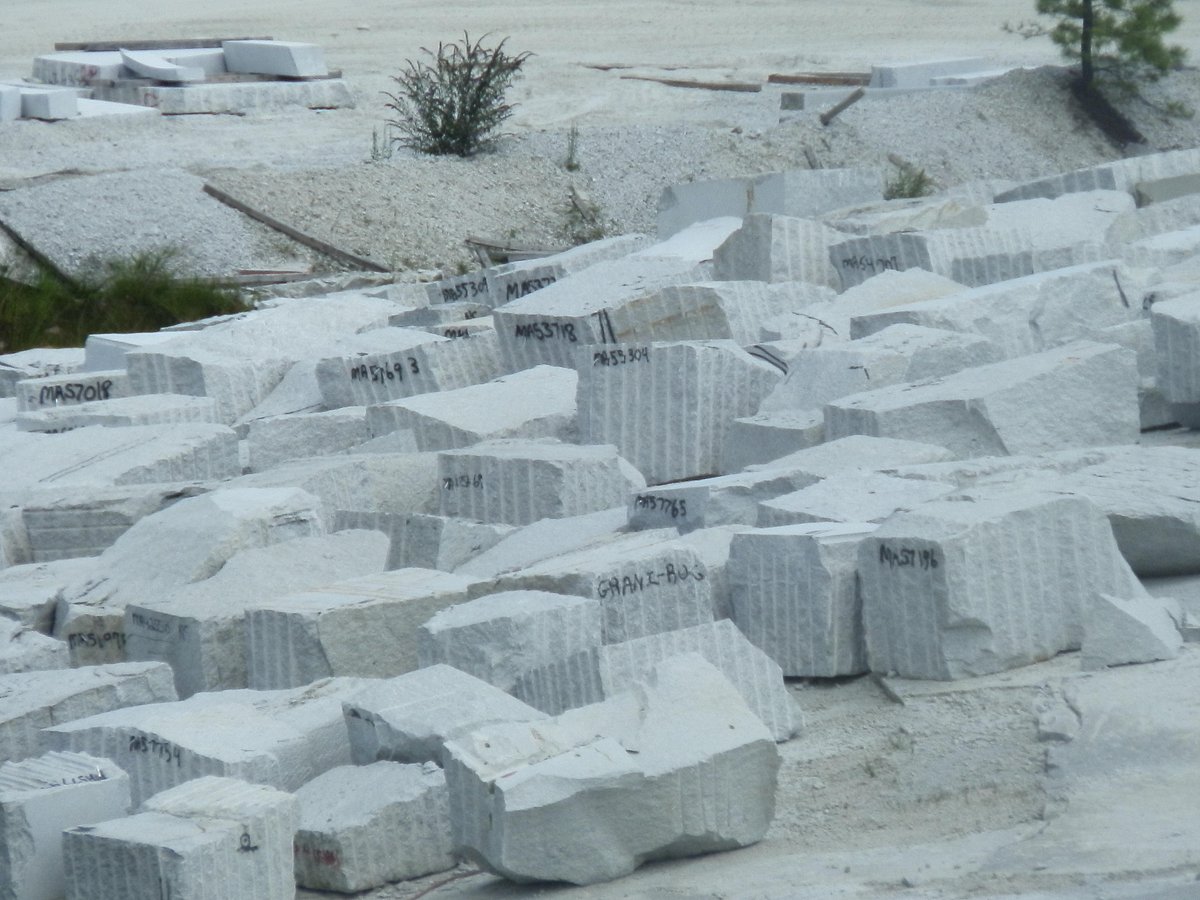Diving into of Granite Quarries in South Africa
Diving into of Granite Quarries in South Africa
Blog Article
Releasing the Elegance and Toughness of Granite Quarry: A Journey With Time
Granite quarries stand as testaments to both the geological marvels of our planet and the long-lasting craftsmanship of mankind. The journey with time that granite quarrying stands for is an engaging story of development, willpower, and the elaborate dancing in between nature and industry. Understanding the beginnings of this old-time practice, the development of strategies and devices employed, and the modern importance of granite quarrying introduces a tapestry rich in background and importance. As we peel back the layers of time and dive right into the intricate world of granite quarrying, we uncover a story that not only showcases the appeal and longevity of this magnificent stone yet also clarifies the extensive effect it has actually had on worlds past and existing.

The Beginnings of Granite Quarrying
In the record of history, the beginnings of granite quarrying can be mapped back to old people where the mission for sturdy building materials sustained the emergence of this timeless craft. From the impressive frameworks of old Egypt to the grand temples of Greece, granite has actually been revered for its toughness, appeal, and longevity. The Egyptians, with their sophisticated quarrying techniques, were amongst the first to draw out granite on a big scale, utilizing it to construct significant pyramids and detailed statues that have actually stood up to the examination of time.
As human beings developed, so did the techniques of quarrying granite. The Romans better fine-tuned the methods, establishing devices and machinery to remove and transport granite over large ranges for their building projects. The sturdiness and aesthetic allure of granite made it a prized product for sanctuaries, monoliths, and sculptures throughout the ages.
Today, the tradition of ancient quarrying methods lives on, with contemporary innovation enhancing effectiveness while still admiring the workmanship of our ancestors. The beginnings of granite quarrying act as a testament to human resourcefulness and the enduring attraction of this honorable rock.
Devices and Methods of Quarrying
Discovering the meticulous craftsmanship of granite quarrying unveils an innovative selection of devices and methods thoroughly developed over centuries. Quarrying granite needs customized tools to draw out the rock from the earth effectively and with precision. Modern quarries use diamond-wire saws, high-powered drills, and nitroglycerins to disintegrate the granite in a controlled manner. These devices permit the removal of large blocks of granite while lessening waste and ecological influence.
In enhancement to innovative equipment, standard hand tools are still utilized in specific quarrying procedures to make sure delicate accuracy in extracting the rock. Chisels, hammers, and wedges are utilized by proficient quarry employees to separate granite blocks along natural fractures, a technique that has actually been given via generations.
In addition, methods such as piercing vertical and straight openings for inserting feathers and wedges, as use this link well as the controlled use of explosives in calculated areas, make it possible for quarry employees to extract granite effectively while maintaining the integrity of the stone. The harmony between modern-day innovation and typical workmanship is vital to the sustainable quarrying of granite for generations ahead.
Evolution of Granite Quarries
The change of granite quarries gradually discloses a fascinating story of technical development and market evolution. From old times where hands-on devices like blades and hammers were used to draw out granite blocks, to the industrial revolution introducing steam-powered machinery for faster quarrying, the advancement of granite quarries has been noted by substantial innovations. In recent decades, the arrival of diamond cord saws and advanced boring technologies has actually transformed the extraction procedure, enabling a lot more specific cuts and lowered waste of resources.

Granite Quarrying in Modern Times
The progression of granite quarrying strategies from historic dependence on guidebook tools to the advanced techniques of modern-day times underscores an amazing trip of technical innovation and sustainability practices within the sector. In modern granite quarrying, advanced equipment such as ruby cable saws, high-capacity excavators, and electronic boring equipment have revolutionized the removal procedure. These tools directory improve efficiency, accuracy, and safety, allowing for bigger quantities of granite to be removed in a shorter timeframe compared to conventional approaches.
Furthermore, modern-day quarrying techniques focus on sustainability and ecological stewardship - granite quarries in south africa. Firms are significantly adopting environment-friendly methods like water reusing systems, dust suppression innovations, and rehabilitation strategies for tired quarries. These initiatives aim to minimize the ecological influence of granite extraction, preserve all-natural resources, and recover quarried landscapes to their initial state
Additionally, the combination of electronic modern technologies like drones, GPS monitoring, and 3D modeling has enabled quarry drivers to maximize operations, boost decision-making, and make sure blog the sustainable management of resources. By embracing innovation and sustainability, the granite quarrying sector in modern times remains to grow while maintaining environmental obligation.

Preserving and Safeguarding Granite Quarries
In the middle of the developing landscape of granite quarrying methods, conservation and defense of these important natural sites have actually come to be vital problems for industry stakeholders and environmental supporters alike. As granite quarries remain to be a vital source of this sought after stone, it is vital to adopt lasting strategies that guarantee their durability and secure bordering ecological communities.
Protecting granite quarries entails implementing efficient reclamation strategies to restore the land post-extraction. granite quarries in south africa. This process consists of improving the surface, replanting indigenous plants, and producing environments for wildlife to grow. By restoring quarries to their all-natural state, the ecological influence can be decreased, and the charm of these landscapes can endure for future generations to value
Moreover, protecting granite quarries requires enforcing guidelines that regulate responsible quarrying methods. This includes surveillance water top quality, regulating dust emissions, and taking care of noise levels to minimize disturbances to the environment and neighboring neighborhoods. Collective initiatives between sector players, governmental bodies, and conservation groups are important in maintaining these standards and making certain the sustainable usage of granite quarries.
Verdict
Finally, the trip with time in granite quarrying exposes the origins, tools, techniques, and development of this practice. The modern age has actually brought improvements in quarrying methods, making it possible for the conservation and protection of these beneficial natural deposits. It is essential to proceed to maintain lasting methods to make sure the charm and longevity of granite quarries for future generations to appreciate.
Report this page